Are Egyptologists Close to Finding a Pharaoh’s Intact Tomb?
Archeologists discovered a 3,500-year-old stone chest in the ruins above the Deir el-Bahari Egyptian site.
The remarkable discovery, concealed near Hatshepsut’s famous Mortuary Temple, suggests a nearby intact royal tomb.
There were different items wrapped in linens in the box. One held a sacrificial goose skeleton the other an egg and the third set contained a wooden box holding what was presumably the ibis egg.
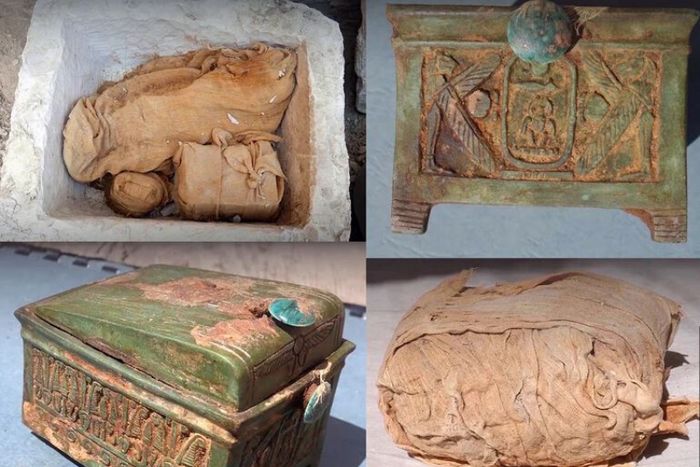
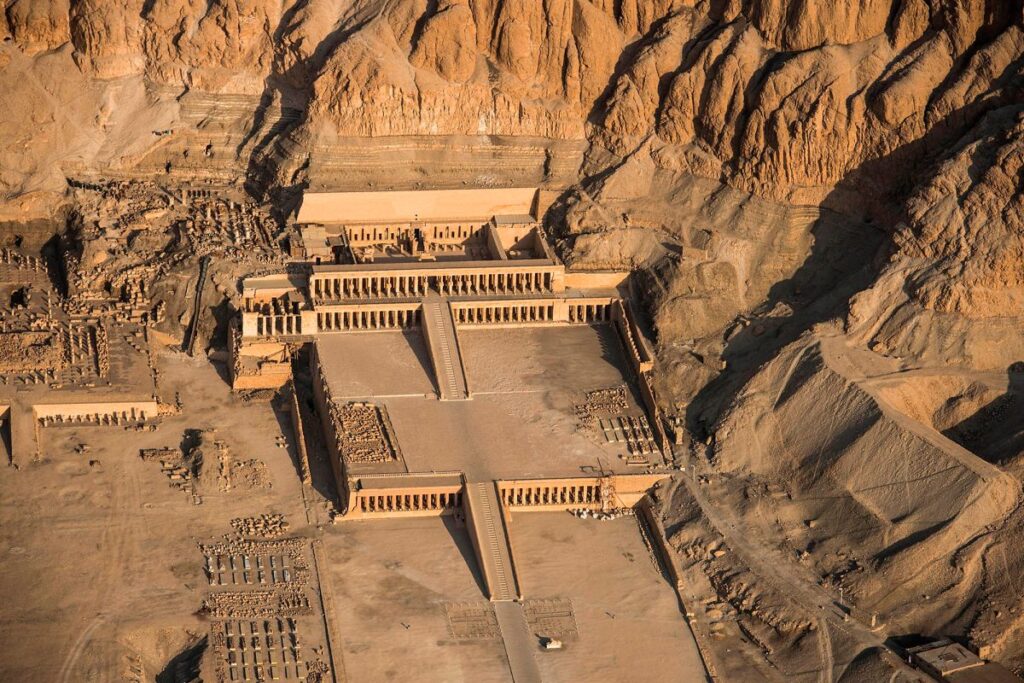
The Warsaw University Institute of Archeology Professor Andrzej Niwiński said to the PAP, “The chest itself is about 40 cm long with a slightly smaller height, It was perfectly camouflaged, looked like an ordinary stone block.
“This turned out to be a chest only after a closer look.” Next to it, the archaeologists found a folded bundle.
In the case of the bundle, the four layers of linen canvas-covered a wooden box, in which there was a faience box in the shape of a chapel. It contained one of the names of Pharaoh Thutmose II.
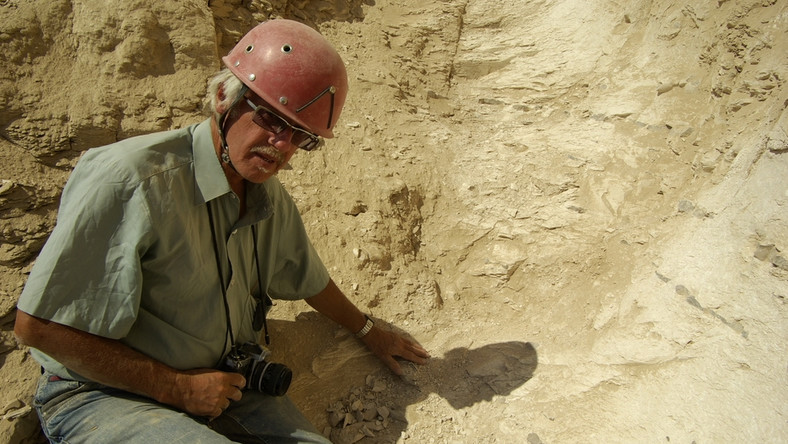
Prof. Niwiński, who is leading the excavation team, said: “The royal deposit proves the fact that either a temple was established in the king’s name or the king’s tomb.
“Since we are in the centre of the royal cemetery, it is definitely a tomb. Finding this deposit indicates that we are in the process of discovering the tomb.”
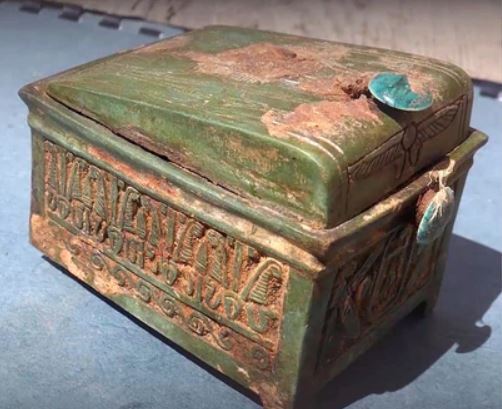
Apart from the pharaoh’s name, the symbolism of the other objects they found also points to the fact, that the deposit was made in his name.
Thutmose II was the husband of the famous queen and his half-sister, Hatshepsut, though their marriage was most probably dictated by dynastic interest.
Thutmose was only 13 when they wed and died three years later in 1479 BC.
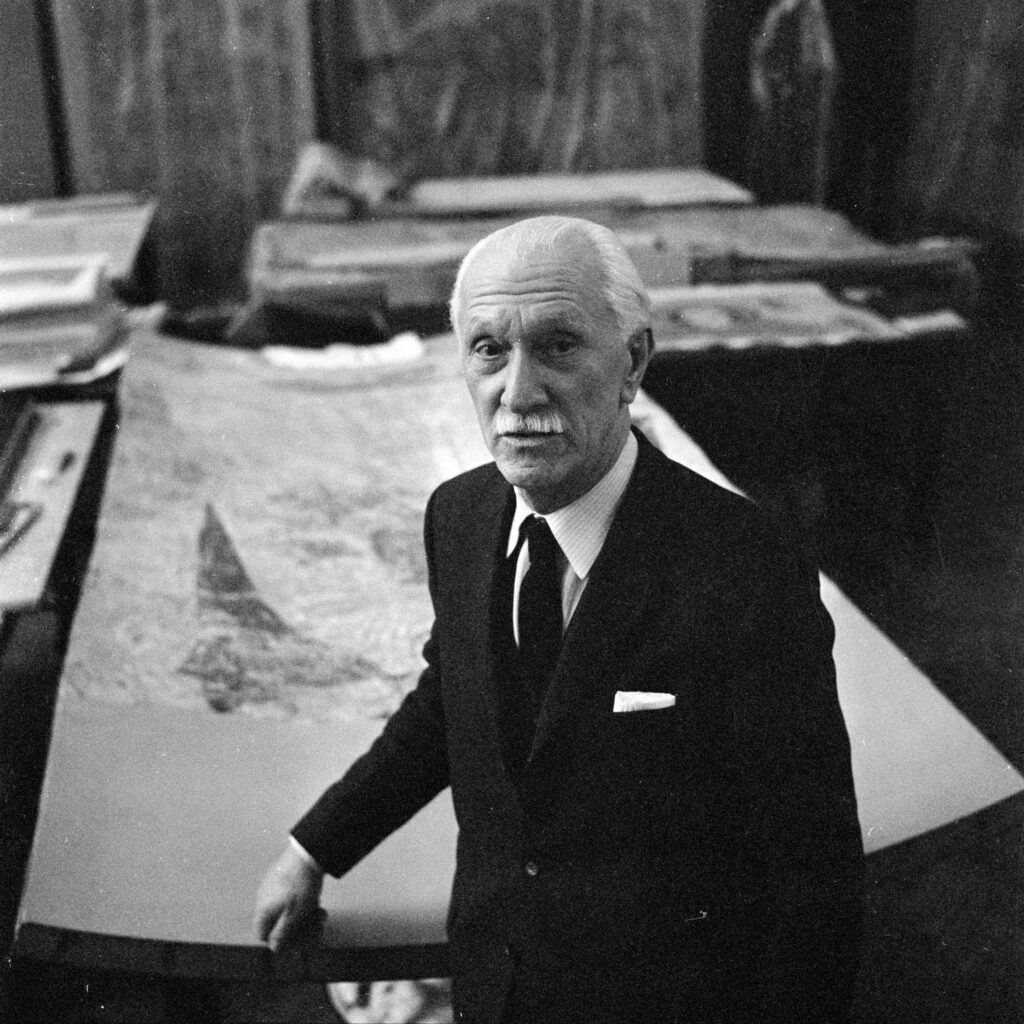
During his reign, he was overshadowed by his wife, who would later crown herself pharaoh and become one of the best-known rulers of ancient Egypt.
The stone chest’s discovery, now made public, took place in March last year. The archaeologist continued their work in October 2019, but so far they haven’t found the entrance to the royal tomb.
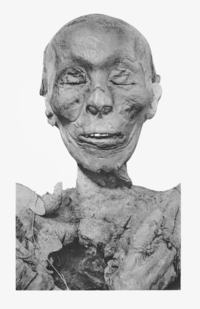
Still, Prof. Niwiński is optimistic that they are close to uncovering an untouched Royal tomb.
Deir el-Bahari has been the site of work for Polish archaeologists for almost 60 years. It started in 1961, when the father of Polish archaeology, Professor Kazimierz Michałowski, led a mission to document and preserve the Mortuary Temple of Hatshepsut.





